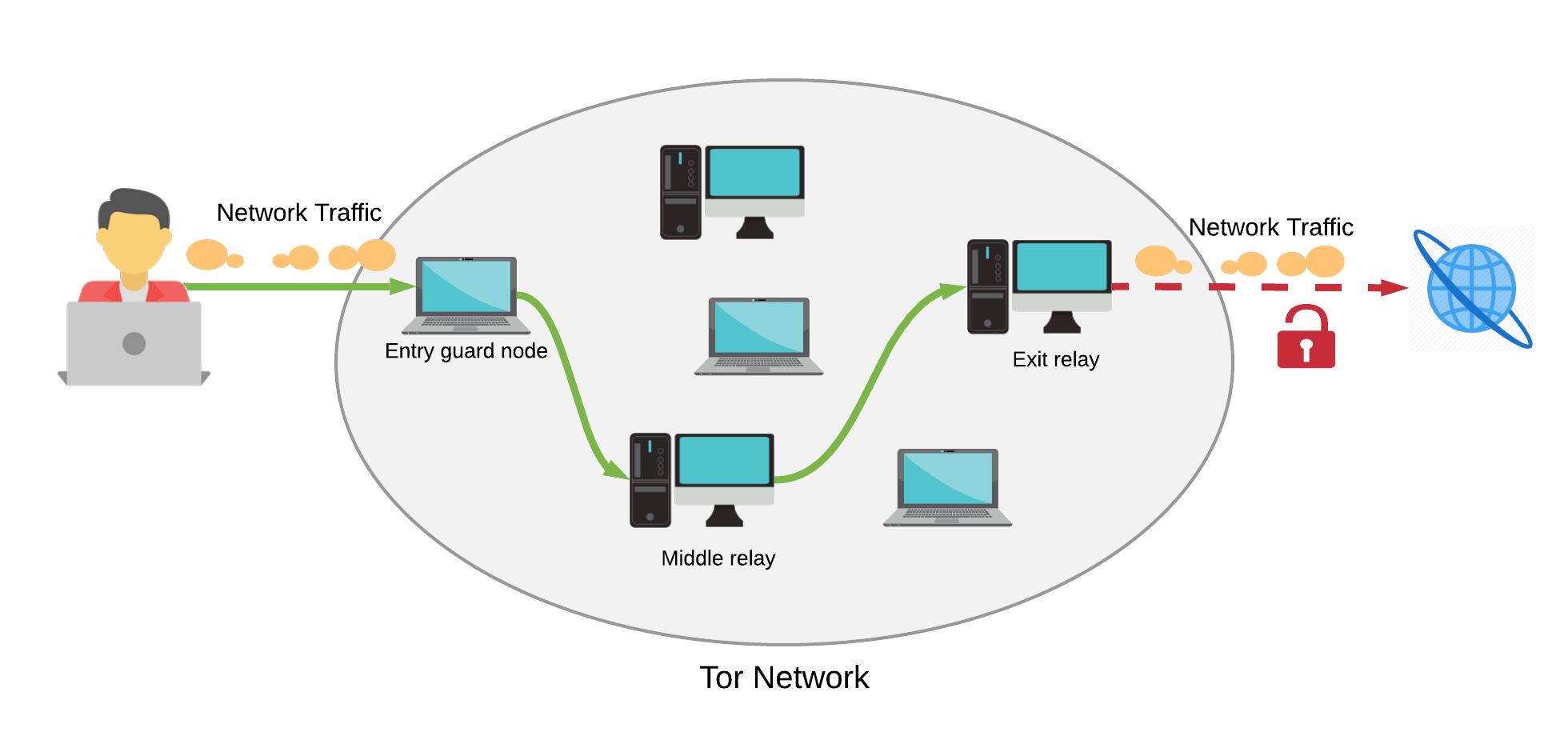

Suppose your traffic isn’t encrypted by TLS (Transport Layer Security) or VPN (Virtual Private Network). This may have been the case in 2021 when an unknown entity had compromised 900 Tor network nodes. Malicious parties can monitor data at the exit nodeĮxit node eavesdropping means hosting nodes with the intent to harvest data as it becomes deciphered by the exit node. If you have enough nodes to get that data, you can piece together what someone was doing online at one point or another. If you control the exit node, you know what websites and services were accessed from Tor via that node. If you control the entry node, you can find out which Tor users were accessing Tor via the node by recording their IP (Internet Protocol) addresses. Compromised nodes allow malicious parties to triangulate data With enough nodes, you can intercept the data going through the entry and exit nodes of the same circuit. Hackers have the means to seed their nodes in the Tor network, and security agencies (CIA, GCHQ, FSB, etc.) have even more resources they can devote to putting up their own nodes. Meaning virtually anyone can host a Tor node. The Tor Project doesn’t buy and maintain the nodes on the network – volunteers do. It’s easy to compromise a volunteer-run network

At this point, you might not see it, but the architecture of the Tor network is vulnerable to certain exploits. This allows you to more privately access regular websites as well as specific Tor websites.

Any data you send out via the Tor Browser gets bundled into three layers of encryption.The browser creates a circuit of three random Tor nodes.The Tor Browser establishes a connection to the volunteer-maintained Tor network.Aspiring users need to download and install the Tor Browser to access Tor.


 0 kommentar(er)
0 kommentar(er)
